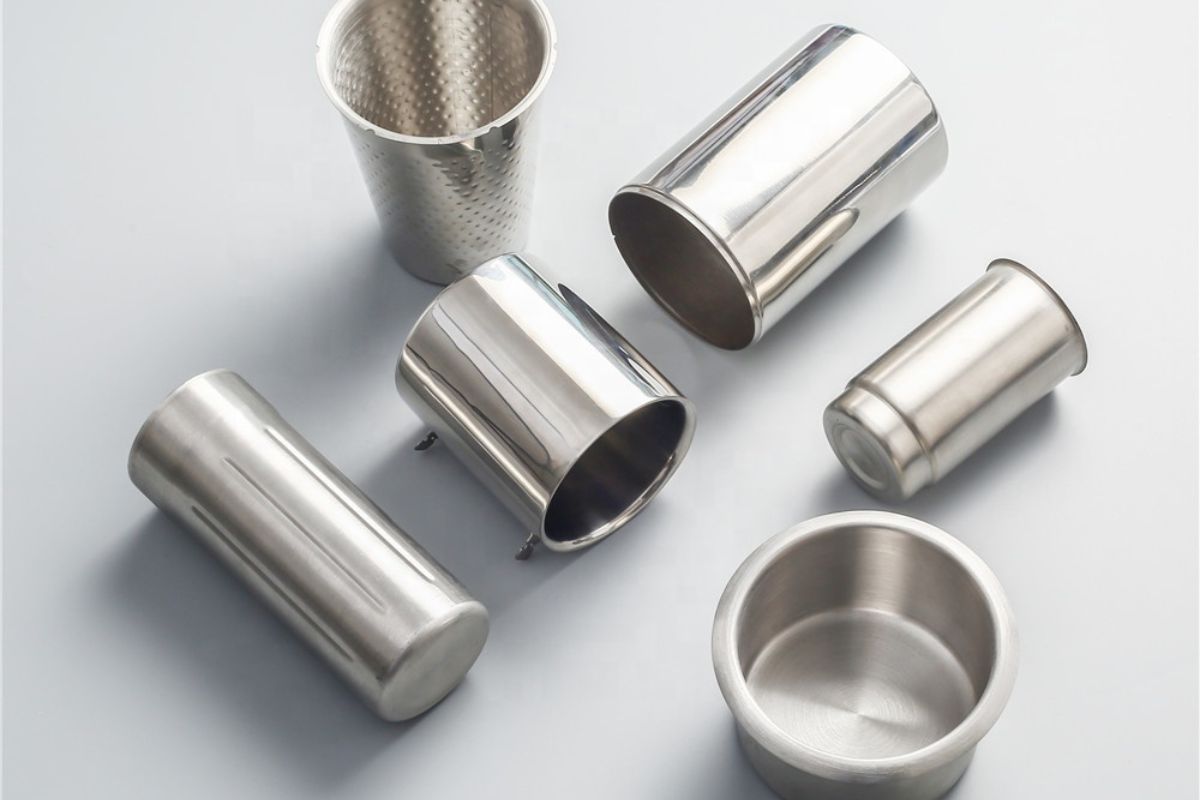Chrome plating, a technique of electroplating a thin layer of chromium onto a metal or plastic surface, is a process widely used in various industries for its durability, corrosion resistance, and aesthetic appeal. Whether it’s for automotive parts, industrial machinery, or even household items, chrome plating enhances both the performance and appearance of objects.In this article, we will explore the key benefits of chrome plating, its various applications across industries, and the steps involved in the plating process.
What is Chrome Plating?
Chrome plating involves the deposition of chromium through electrolysis. The object to be plated is cleaned, treated, and then immersed in a chromium solution, where an electric current causes a thin, uniform layer of chromium to bond to the surface. This process not only improves the object’s look but also strengthens it against wear and tear.
Types of Chrome Plating
Decorative Chrome Plating
Used primarily for aesthetic purposes, this type is common in automotive trims, kitchen appliances, and tools. It provides a sleek, mirror-like finish while still offering rust resistance and durability.
Hard Chrome Plating
Also known as industrial chrome, this type is used in applications where wear resistance and hardness are critical, such as hydraulic cylinders, engine parts, and various industrial machinery.
Benefits of Chrome Plating
Applications of Chrome Plating
The Chrome Plating Process
Environmental and Health Considerations
Although chrome plating is a popular and valuable process, it involves the use of hazardous chemicals such as hexavalent chromium, which can pose health and environmental risks. Many modern facilities now use more environmentally friendly alternatives and strict safety measures to minimize exposure to harmful substances.
Chrome plating continues to be a versatile and essential process across various industries. Its ability to improve both the functionality and appearance of materials makes it a go-to solution for everything from automotive parts to industrial equipment. Whether for durability, aesthetics, or resistance to corrosion, chrome plating offers a wide range of benefits that have stood the test of time.




